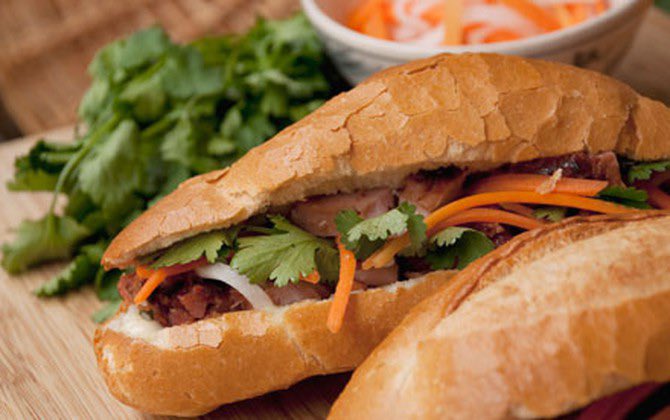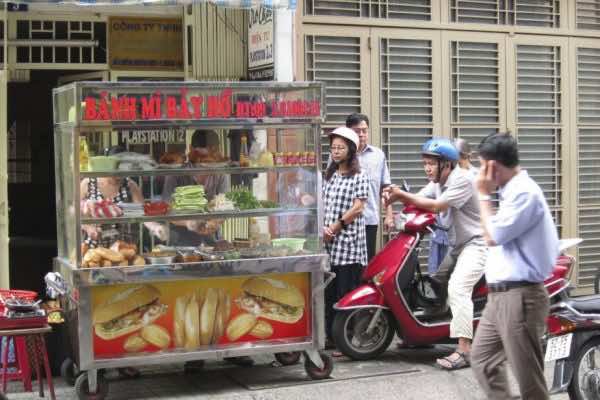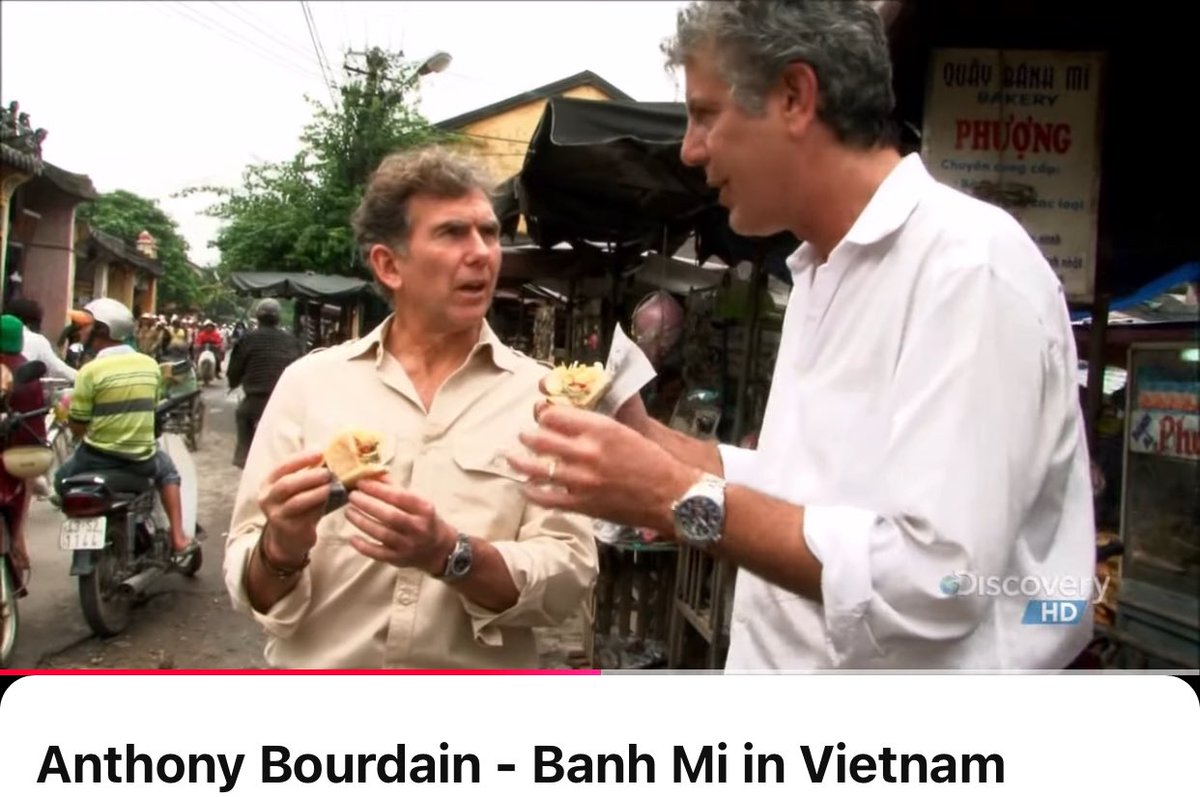Since the early-1990s, PepsiCo has sold $1B+ of Doritos a year.
Why is the chip so addictive? From the ingredients to cooking method to texture, its engineered to pull all the psychological levers to make you crave the snack.
Here’s a breakdown 🧵
Why is the chip so addictive? From the ingredients to cooking method to texture, its engineered to pull all the psychological levers to make you crave the snack.
Here’s a breakdown 🧵

Doritos are a good way to understand junk food. For ages, humans have taken natural ingredients and processed them to be more addictive:
◻️Grapes to wine
◻️Coca leaves to cocaine
◻️Opium poppy to heroin
This is a helpful way to help understand "corn to Doritos".
◻️Grapes to wine
◻️Coca leaves to cocaine
◻️Opium poppy to heroin
This is a helpful way to help understand "corn to Doritos".

A common junk food trait is the combination of fat and sugar. In nature, these compounds are rarely found combined.
There are a myriad of ways to mix them in standard cooking but the snack industry turned the combo of sugar and fat into a science.
Here are 6 ways Doritos do it:
There are a myriad of ways to mix them in standard cooking but the snack industry turned the combo of sugar and fat into a science.
Here are 6 ways Doritos do it:

#1 - Ideal fat content
Speaking of fat and sugar, Doritos have nearly a perfectly balanced mix.
The top 2 ingredients are corn (carb) and vegetable oils (fat). The calories in a Doritos chip is split almost exactly 50/50 between carb and fat (each bag has 3 ears of corn).
Speaking of fat and sugar, Doritos have nearly a perfectly balanced mix.
The top 2 ingredients are corn (carb) and vegetable oils (fat). The calories in a Doritos chip is split almost exactly 50/50 between carb and fat (each bag has 3 ears of corn).

#2 - Cooking method
Humans have developed a craving for compounds that come out of the cooking process. Doritos satisfies this craving by hitting you with multiple levels of cooking:
◻️the corn kernels are boiled
◻️corn mashed into paste
◻️corn chip toasted + deep fried
Humans have developed a craving for compounds that come out of the cooking process. Doritos satisfies this craving by hitting you with multiple levels of cooking:
◻️the corn kernels are boiled
◻️corn mashed into paste
◻️corn chip toasted + deep fried
#3 - Seasoning
A Doritos chip is dusted w/ a long list of flavour enhancers:
◻️MSG
◻️Sugar, Salt
◻️disodium inosinate / guanylate
◻️garlic/pepper/tomato/onion powder
This mix is called “non-specific aroma”. No flavor is dominant enough to cause satiety (feeling full).
A Doritos chip is dusted w/ a long list of flavour enhancers:
◻️MSG
◻️Sugar, Salt
◻️disodium inosinate / guanylate
◻️garlic/pepper/tomato/onion powder
This mix is called “non-specific aroma”. No flavor is dominant enough to cause satiety (feeling full).

#4 - Salivation
Doritos have lactic and citric acid. Both of these acids get your saliva flowing, which increase your desire to eat.
You know what else makes you salivate? Cheese, and Doritos has a ton including romano, cheddar and parmesan (it uses milk from 10k cows a year).
Doritos have lactic and citric acid. Both of these acids get your saliva flowing, which increase your desire to eat.
You know what else makes you salivate? Cheese, and Doritos has a ton including romano, cheddar and parmesan (it uses milk from 10k cows a year).
#5 - Contrasting texture
A Doritos bite starts with a crunch.
But it quickly dissolves in your mouth.
This is a phenomenon known as “vanishing caloric density”. The feeing of food “vanishingly in your mouth signals to the brain that you “need” more.
A Doritos bite starts with a crunch.
But it quickly dissolves in your mouth.
This is a phenomenon known as “vanishing caloric density”. The feeing of food “vanishingly in your mouth signals to the brain that you “need” more.
#6 - The Finale
Doritos ingredients are combined in a process known as "flour grinding", which creates a very fine powder.
The powder completely covers the chip and leaves a dusting on your fingers. That finger dust is 5x more concentrated and is one helluva way to end a bag.
Doritos ingredients are combined in a process known as "flour grinding", which creates a very fine powder.
The powder completely covers the chip and leaves a dusting on your fingers. That finger dust is 5x more concentrated and is one helluva way to end a bag.

If you enjoyed that, follow @TrungTPhan for other interesting threads and subscribe to my business newsletter including previous issues on:
• Why is Linkedin so cringe?
• The worst tech predictions ever
• Psychology of Apple packaging
trungphan.substack.com
• Why is Linkedin so cringe?
• The worst tech predictions ever
• Psychology of Apple packaging
trungphan.substack.com
PS. If you’re like me and consume a ton of content, check out my AI-powered research app Bearly.AI that boosts your:
• Reading (instant summaries)
• Writing (rewording, grammar correction, auto-generated text)
• My dopamine levels on every sign-up
Try it free:
• Reading (instant summaries)
• Writing (rewording, grammar correction, auto-generated text)
• My dopamine levels on every sign-up
Try it free:
Sources
NYT: archive.nytimes.com/www.nytimes.co…
Unwrapped:
UCol: journals.plos.org/plosone/articl…
Sure Dividend: suredividend.com/pepsicos-23-bi…
Insider: businessinsider.com/why-doritos-ar…
NYT: archive.nytimes.com/www.nytimes.co…
Unwrapped:
UCol: journals.plos.org/plosone/articl…
Sure Dividend: suredividend.com/pepsicos-23-bi…
Insider: businessinsider.com/why-doritos-ar…
Here’s recipe for home-made Doritos mix: thetakeout.com/homemade-dorit… 

• • •
Missing some Tweet in this thread? You can try to
force a refresh





















